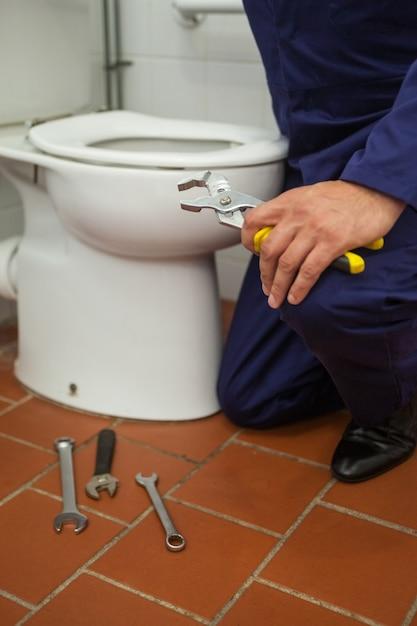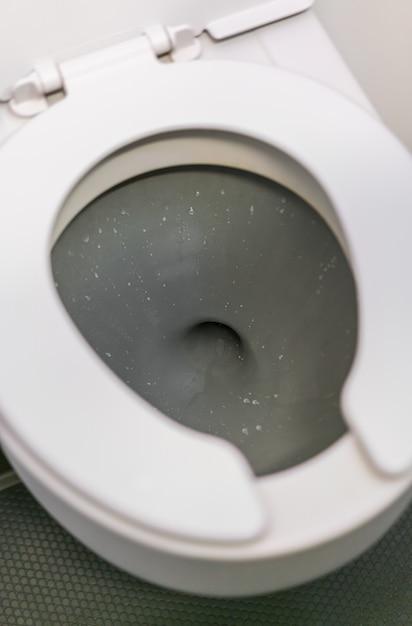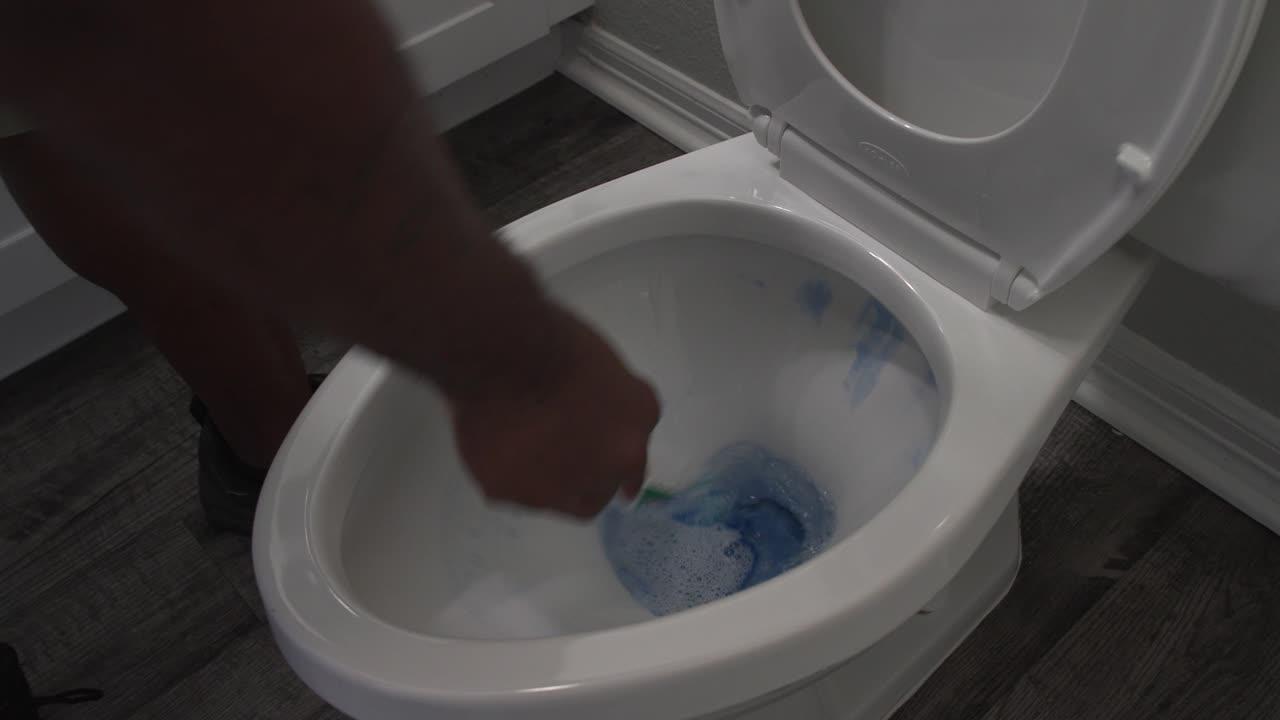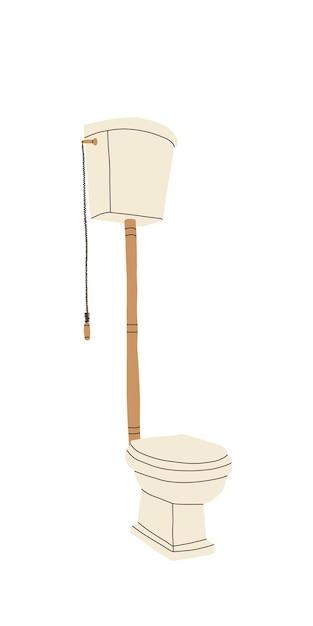Are you tired of dealing with a low water level in your toilet bowl? Don’t worry, you’re not alone! Many homeowners face this frustrating issue, but fortunately, there are solutions. In this blog post, we will discuss the causes behind a lower toilet water level, what to do if your toilet is too low, and how to fix this problem without any leaks. So let’s dive in and get your toilet back to its optimal water level.
Low Toilet Water Level: When Nature’s Call is Met with a Drip
Have you ever excitedly rushed to the bathroom, ready to relieve yourself, only to find that the water level in your toilet is disappointingly low? It’s like nature’s cruel joke, making you ponder if you should call a plumber or just accept your fate as the bearer of the never-ending drip. But fear not, for in this edition of bathroom troubles, we’ll explore the mysterious case of low toilet water level with a twist of humor and a dash of knowledge!
The Anatomy of a Toilet
Now, before we plunge into this subject (pun intended), let’s take a minute to understand the fascinating inner workings of a toilet. Behind that porcelain throne lies a complex system of pipes, valves, and floats, all working together to create the perfect flushing experience. One crucial component is the flush valve, responsible for releasing water from the tank into the bowl. And it’s this valve that can sometimes be the culprit behind our low water woes.
The Sneaky Malfunction: Flapper Flaws
Ah, the flapper, the seemingly innocent part that stands between us and a satisfying flush. This rubbery hero can turn into a traitor when it starts to deteriorate or gets misaligned. A worn-out or improperly positioned flapper can cause water to leak out of the tank, leading to a lower water level. And here we thought the flapper was just doing its job, but it turns out it can be a little feisty at times!
Float Me Not, My Friend
Another potential perpetrator of low toilet water level is a malfunctioning float. This buoyant device, usually a small ball attached to an arm, regulates the water level in the tank. When it’s operating smoothly, the float tells the fill valve to shut off when the tank reaches the desired level. But when the float fails, it can give inaccurate signals, resulting in insufficient water for a proper flush. Talk about a floater with a flop!
The Flawless Flush Solution
Now that we’ve identified the possible sources of our water woes, it’s time for some solutions. If it’s the flapper causing trouble, a quick inspection and a replacement might be all it takes to restore the proper water level. And for those with float complications, adjusting the float arm or replacing the faulty float can make all the difference. Just remember to turn off the water supply before attempting any DIY toilet tinkering!
Preventing Future Water Woes
To avoid finding yourself in the same low water predicament in the future, regular toilet maintenance is key. Keep an eye out for any leaks or signs of wear and tear in the flapper or float. Additionally, don’t forget to properly clean your toilet to prevent any clogs that might contribute to low water levels. With a little care and attention, you can bid adieu to the perplexing problem of insufficient flushing power.
A Flush of Relief
There you have it—the lowdown on low toilet water levels. From the sneaky flapper to the temperamental float, our toilets can sometimes have a mind of their own. But armed with knowledge and a sprinkle of humor, you can confront this issue head-on and ensure that your future trips to the bathroom are far from a dripping disappointment. So, go forth, face your water woes, and may the flush be with you!
Lower Toilet Water Pressure
1. Blocked Pipes: Oh, the joys of a clogged toilet! One potential cause of low toilet water pressure is blocked pipes. It’s like your toilet is going on a plumbing adventure, navigating through pipes filled with all sorts of mysterious obstructions. Cue the dramatic plumber music!
2. Faulty Fill Valve: Meet the fill valve, the unsung hero behind your toilet’s water refill process. But sometimes, even heroes can have their flaws. A faulty fill valve can result in lower toilet water pressure. It’s like having a superhero with a clogged watering can. Not the most effective way to save the day!
3. Water Supply Issues: Picture this: your toilet waiting eagerly by the bathroom door, only to find an insufficient water supply. It’s a mood killer, right? Your low toilet water pressure might simply be due to water supply issues. Time for a gentle reminder to your water company – “Dear Sir/Madam, please provide my toilet with the flow it deserves!”
How to Fix Low Toilet Water Pressure
1. Clear Those Pipes: Let’s play detective and solve the case of the blocked pipes! Use a plunger or auger to clear any obstructions. But remember, this is a task best suited for the brave-hearted. Just imagine, you, equipped with a plunger, vanquishing the evil forces of clogs and restoring normal water flow. A true hero!
2. Replace the Fill Valve: If the fill valve is the cause of your low toilet water pressure, it’s time to bid it farewell and welcome a shiny new one. You can find fill valves at your local hardware store or online. It’s like giving your toilet an upgraded water filling system – a true Cinderella story!
3. Contact Your Water Provider: When all else fails, reach out for help! Contact your water provider and inform them of the low water pressure issue. It’s like sending out the “Bat-Signal” but for plumbers instead. They’ll investigate the problem and hopefully, restore the majestic flow of water to your porcelain throne!
Ah, the quest for the perfect toilet water pressure! It can be a bumpy ride, but with a little humor and a superhero-like determination, we can overcome the challenges. Whether it’s dealing with blocked pipes, faulty fill valves, or water supply issues, you now have the knowledge to tackle low toilet water pressure head-on. So go forth, brave DIY plumber, and may your toilet’s water pressure be forever strong!
What to Do if Your Toilet Water Level is Too Low
If you find yourself with a toilet that has a water level lower than you’d like it to be, the first thing you should do is check the water supply valve. Make sure it is fully open and allowing water to flow freely into the toilet tank. Sometimes, the valve may have been accidentally turned off or partially closed, causing the low water level. So, give it a quick twist to ensure it’s wide open and ready to supply your toilet with the water it needs.
Adjust the Float Ball or Cup
If the water supply valve is open but your toilet is still experiencing low water level issues, the next step is to take a look at the float ball or cup. These mechanisms are responsible for regulating the amount of water that enters the toilet tank. If they are adjusted too low, it could result in a lower water level in the toilet bowl.
To fix this, gently adjust the position of the float ball or cup. Gradually raise it, making sure it doesn’t touch the sides of the tank. This will allow for more water to enter the tank and ultimately increase the water level in the bowl. Experiment with the adjustment until you find the sweet spot that gives you the desired water level.
Clear Any Blockages
Sometimes, a low toilet water level can be attributed to a blockage in the pipes or the toilet bowl itself. If you suspect this may be the case, it’s time to put on your detective hat and conduct some investigative work.
Grab a trusty plunger and give the toilet a few good plunges to see if it dislodges any potential blockages. If that doesn’t do the trick, you can also try using a toilet auger, which is a specialized tool designed to clear clogs in the toilet. Insert it into the bowl and rotate it to break up any stubborn blockages.
Call a Professional
If all else fails and you’re still stuck with a low toilet water level, it may be time to call in the professionals. Sometimes, plumbing issues can be more complex and require the expertise and tools of a trained plumber.
A professional plumber will be able to diagnose the problem and provide the necessary repairs or replacements to ensure your toilet is functioning at its best. While it may involve a bit of an investment, it will save you the frustration of dealing with a low toilet water level in the long run.
Dealing with a low toilet water level can be a frustrating and inconvenient experience. However, with a bit of troubleshooting and, if necessary, the help of a professional plumber, you can get your toilet back to its normal water level in no time. Remember to check the water supply valve, adjust the float ball or cup, clear any blockages, and, if needed, call in the experts. Keep these tips in mind, and you’ll be able to tackle the issue with confidence and a sense of humor!
How to Fix Low Water Level in Your Toilet Bowl
One possible reason for low water level in your toilet bowl could be a partially closed water supply valve. Ensure that the valve is fully open to allow maximum water flow into the toilet tank. If the valve is already open, try turning it off and on again to see if that resolves the issue. If not, it’s time to move on to the next step.
Adjust the Float Ball or Cup
If the water supply valve is fully open and the issue persists, the float ball or cup in the toilet tank may need some adjustment. Lift the toilet tank lid and check if the float ball is too low. If it is, gently bend the rod connected to the float ball upwards to raise its position. Similarly, if you have a float cup, adjust it so that it is higher. This will allow the water to fill the tank to its proper level.
Clear any Obstructions
Low water level in the toilet bowl can also occur due to obstructions in the fill tube or the toilet jet. Check for any debris or objects that may be blocking the flow of water and remove them. You can use a wire hanger or a small brush to clear any buildup or clogs.
Check the Flapper
A malfunctioning flapper can also contribute to low water level in the toilet bowl. Make sure the flapper is properly seated in the flush valve opening and that there are no leaks. If the flapper doesn’t close tightly after flushing, it may need to be replaced.
Inspect the Tank Water Level
The low water level in your toilet bowl could be a result of an incorrectly adjusted tank water level. Look for the water level indicator or overflow tube in the toilet tank. Ensure that the water level is at or slightly below the mark indicated on the tank. If it is higher or lower, adjust the water level accordingly using the float adjustment screw or by adjusting the fill valve height.
Call a Plumber
If none of the above solutions work or if you are uncomfortable attempting to fix the issue yourself, it’s best to call a professional plumber. They have the expertise to diagnose and resolve any underlying problems causing the low water level in your toilet bowl. Plus, they can save you the hassle of struggling with DIY repairs.
Now that you have several methods to troubleshoot and fix the low water level issue in your toilet bowl, you can confidently take matters into your own hands or seek professional help if needed. Happy flushing!
Why is my toilet bowl losing water but no leak
The great disappearing water act
Are you puzzled by the mystery of your toilet bowl losing water but with no visible leak? It may seem like your toilet has acquired the magical ability to make water vanish. Well, fear not my friend, for I am here to unravel this enigma and bring the magic show to an end!
The flapper – the trickster in disguise
One possible culprit for your toilet bowl losing water is a worn-out flapper. This little rubber disc is responsible for sealing off the tank and preventing water from disappearing into thin air (or the drain). Over time, the flapper can degrade or become misaligned, causing a sneaky leak that goes undetected. So, the next time you notice a seemingly bottomless toilet bowl, don’t blame the magic, blame the flapper!
The phantom flusher strikes again
If you’ve ruled out the flapper as the source of your toilet’s vanishing act, it’s time to turn your attention to the phantom flusher. No, we’re not talking about a ghostly specter haunting your bathroom; we’re referring to a faulty fill valve. This little devil may be allowing water to slowly and silently escape, resulting in the gradual disappearance of water from your toilet bowl. So, before you call in the exorcist, check your fill valve!
The mysterious siphon effect
Now, prepare to be amazed by the mysterious siphon effect! Did you know that toilet magic can also happen due to a clogged or obstructed vent pipe? This can create a vacuum-like effect, pulling water out of the bowl and into the drain. So, if your toilet is losing water without any visible leaks, it’s time to play detective and inspect those vent pipes – you might just uncover the secret behind the vanishing act!
Don’t be fooled by the water meter prankster
Before we bid adieu to our bathroom magic show, let’s not forget about the water meter prankster, lurking in the shadows. Sometimes, it’s not an actual disappearance of water, but rather a misreading of the water meter. Faulty or malfunctioning meters can make it seem like water is vanishing, when in reality, it’s just a case of mistaken identity. So, if your toilet seems to be pulling off a Houdini routine, don’t forget to cross-check with the water meter – it might just uncover the truth!
Now that we’ve debunked the mystery surrounding your toilet’s disappearing water act, you can rest easy knowing that no dark magic is at play. Remember to keep an eye on the flapper, fill valve, vent pipes, and water meter to avoid being a victim of the toilet’s mischievous tricks. Enjoy a leak-free, water-filled bathroom experience!



